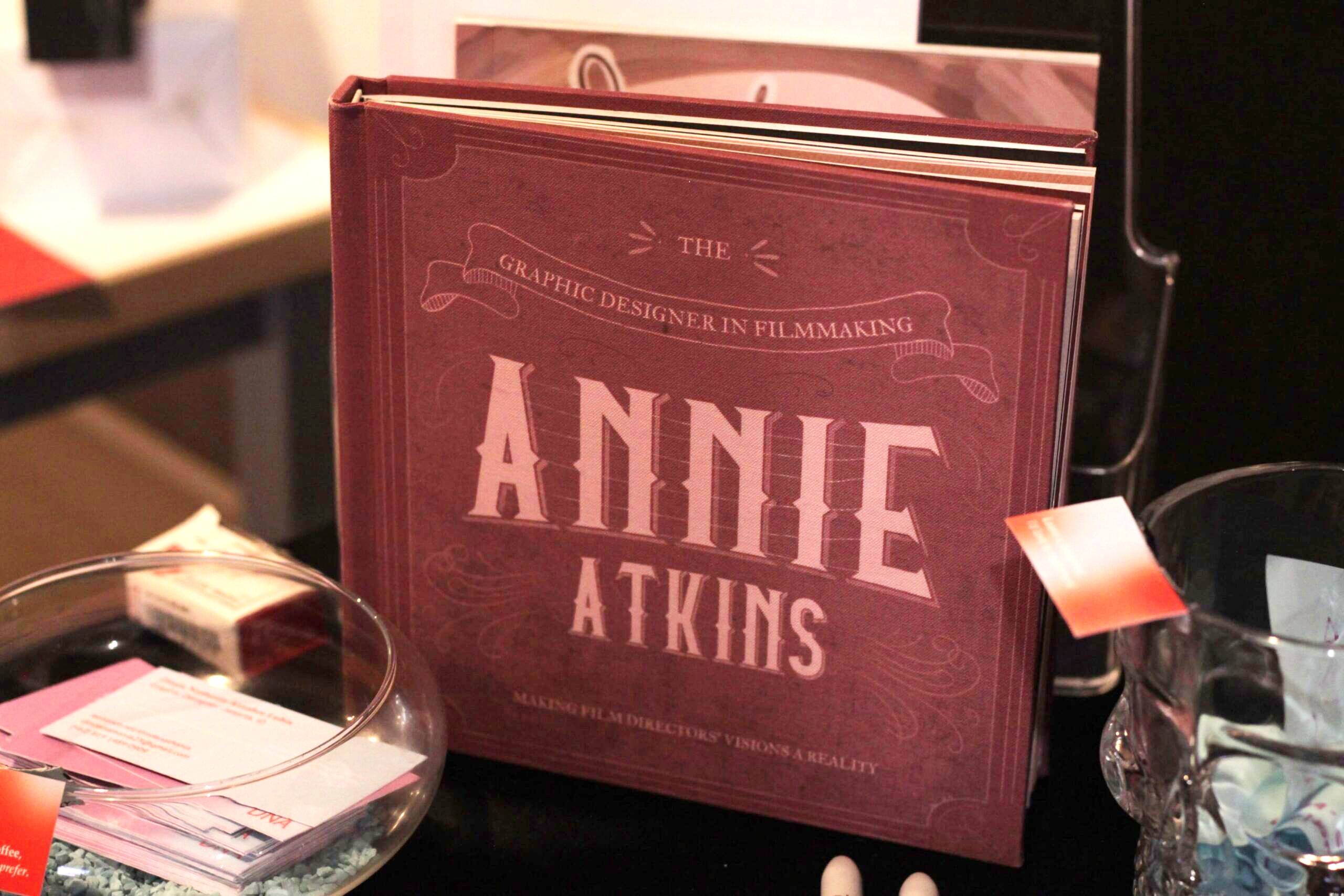6 Important Steps in Designing Process
Designing is creating art which requires attention to detail. That is why the designing process is important since designing is never as easy as it seems. But the question is, what are the steps a designer usually goes through in the process? Let’s take a look and learn from the pro!
Designing Process in 6 Steps
Dinda Nathania Azzahra Lubis, a Graphic Design student at BINUS Northumbria School of Design, explained that there are about six steps that are considered important before creating an outstanding art:
1. Studying the brief
When we talk about design, we don’t just talk about creative ideas but what the clients want and what will satisfy them. Once you receive the brief, study it thoroughly and ask as many questions as you want at the moment to make sure you start on the right foot. Make sure the questions will enlighten you ahead of the designing process. The brief plays a vital key in the process, as a reference point for both clients and designers, so everybody must be on the same page.
2. Research, research, and research
In-depth research helps you understand the client and the project you are involved in. Find out about the company’s history and culture, the competitor, and trends related to the industry. By doing this, you will learn about their taste and preference and avoid creating something similar to their competitor.
You also have to know your audience (age, gender, location, lifestyle, social and economic background) to deliver the right message in the best way through your artwork.
3. Brainstorm
Brainstorming should be the next step after finishing the brief and research. This is often considered the most important process since a designer builds a strong foundation for the artwork.
Designers have their own way of generating ideas, from arranging a structured mind map linked to the main concept or simply writing down their random ideas in a disorganized list from time to time. Whatever it is, make sure to record everything that pops into your mind. You never know which one will be useful, and you might discard your current ideas later.
Brainstorming is indifferent to problem-solving, and your idea bank is the key to finding the best solution.
4. Sketch and design
While brainstorming is important, don’t ponder yourself too long by thinking and not taking on the real challenge. Never hesitate to make the first scratch even though you are not sure what to do next. You can always revise it later. In the middle of the designing process, a designer usually does the test print or creates a mockup to get a feel about whether their design will work or needs to be refined.
5. Revision
Your client probably only approves of one concept, wants a mix and match of all the concepts, or comes up with something new. Revisions are perfectly normal for any designer. However, remember to give your opinion rather than become a “yes man” for the client. You are the expert here, and they would like some suggestions and guidance for what’s best for them.
6. Completion
When the client loves your design and requests only minor revisions, you are one step closer to the finish line. Send the final design to them and get their approval to complete the project!

Dinda’s work at Port o’ Folio 2020.
The Key to Create the Best Artwork
While all of those steps above are necessary, the most important key to creating the best artwork is to have strong and unique concepts and implement them. Those are what the students at BINUS Northumbria School of Design have in mind in the designing process to create the best result.

